I've recently inherited a Rails app that uses S3 for storage of assets. I have transferred all assets to my S3 bucket with no issues. However, when I alter the app to point to the new bucket I get 403 Forbidden Status.
My S3 bucket is set up with the following settings:
Permissions
Everyone can list
Bucket Policy
{
"Version": "2012-10-17",
"Statement": [
{
"Sid": "PublicReadGetObject",
"Effect": "Allow",
"Principal": "*",
"Action": "s3:GetObject",
"Resource": "arn:aws:s3:::bucketname/*"
}
]
}
CORS Configuration
<?xml version="1.0" encoding="UTF-8"?>
<CORSConfiguration xmlns="http://s3.amazonaws.com/doc/2006-03-01/">
<CORSRule>
<AllowedOrigin>*</AllowedOrigin>
<AllowedMethod>GET</AllowedMethod>
<MaxAgeSeconds>3000</MaxAgeSeconds>
</CORSRule>
<CORSRule>
<AllowedOrigin>https://www.appdomain.com</AllowedOrigin>
<AllowedMethod>PUT</AllowedMethod>
<AllowedMethod>POST</AllowedMethod>
<AllowedMethod>DELETE</AllowedMethod>
<AllowedHeader>*</AllowedHeader>
</CORSRule>
</CORSConfiguration>
Static Web Hosting
Enabled.
What else can I do to allow the public to reach these assets?



